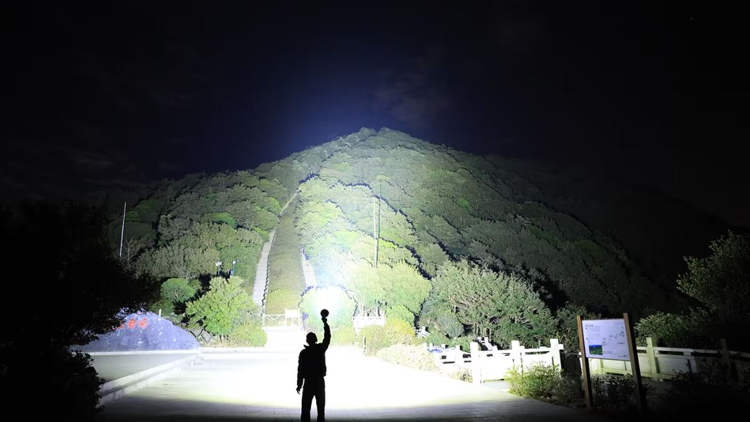Don’t you hate it when total strangers invade your personal space by getting a little too close for comfort? By wearing the high-tech Spider Dress you can now send them a message in the shape of a creepy artificial spider leg pressing against their body.
Netherlands-based designer Anouk Wipprecht has designed one of the scariest garments I have ever seen. Aptly-called the Spider Dress, this piece of wearable design features animatronic arachnid limbs that react to external stimuli, in this case – nearby movement. When someone gets to close the wearer, the creepy spider legs start dancing on the shoulder pads, pushing the person away. You might just give them a heart-attack, but you’ll finally be able to enjoy your personal space in however crowded a space. Created in collaboration software engineer and hacker Daniel Schatzmayr, the Spider Dress’ robotic components use sensors to detect when someone gets too close. The scary tech-fashion design was showcased last November, at the VIVE LE ROBOTS / Cafe Neue Romance in Prague, during the EU Robotics week




















